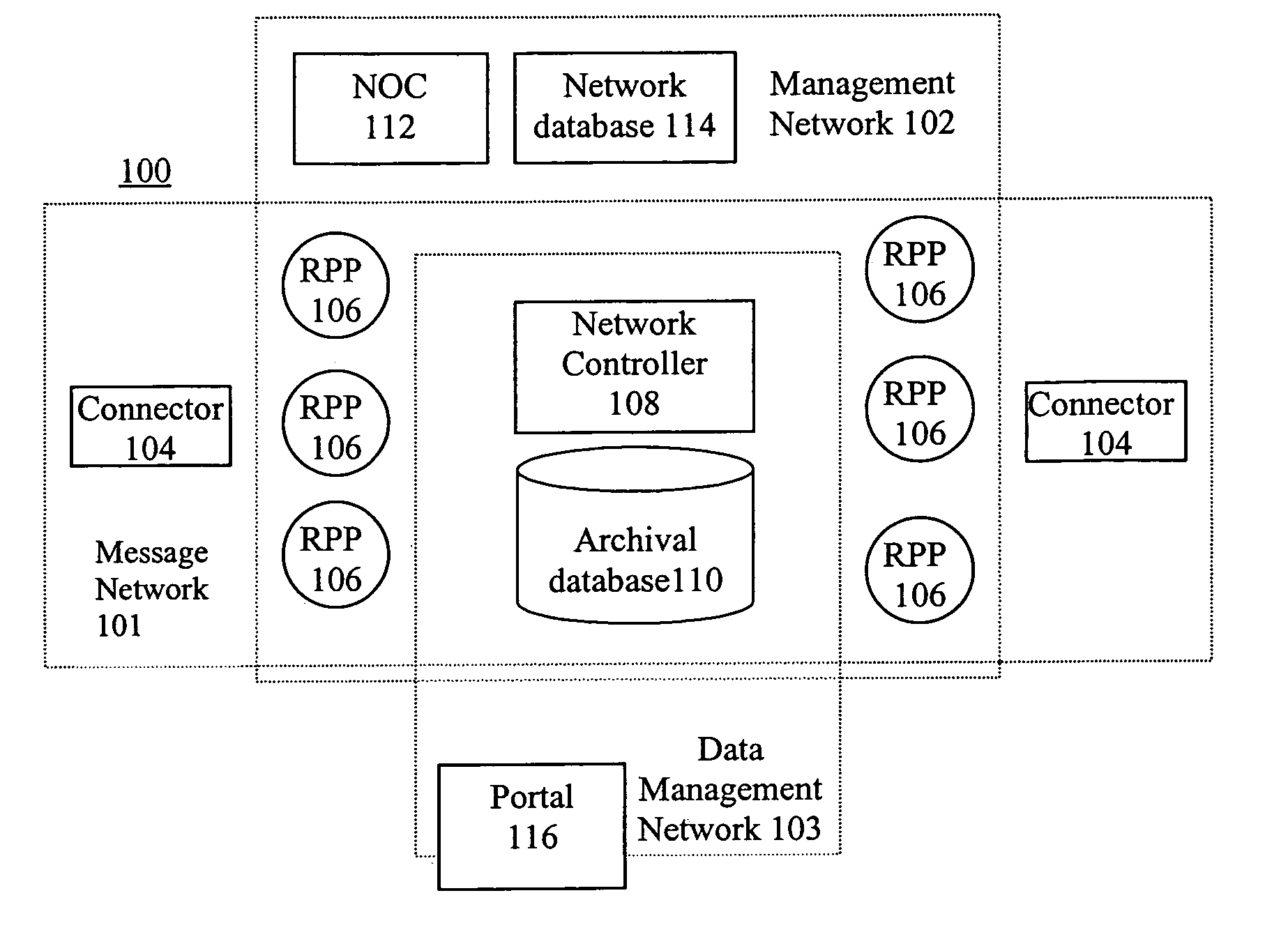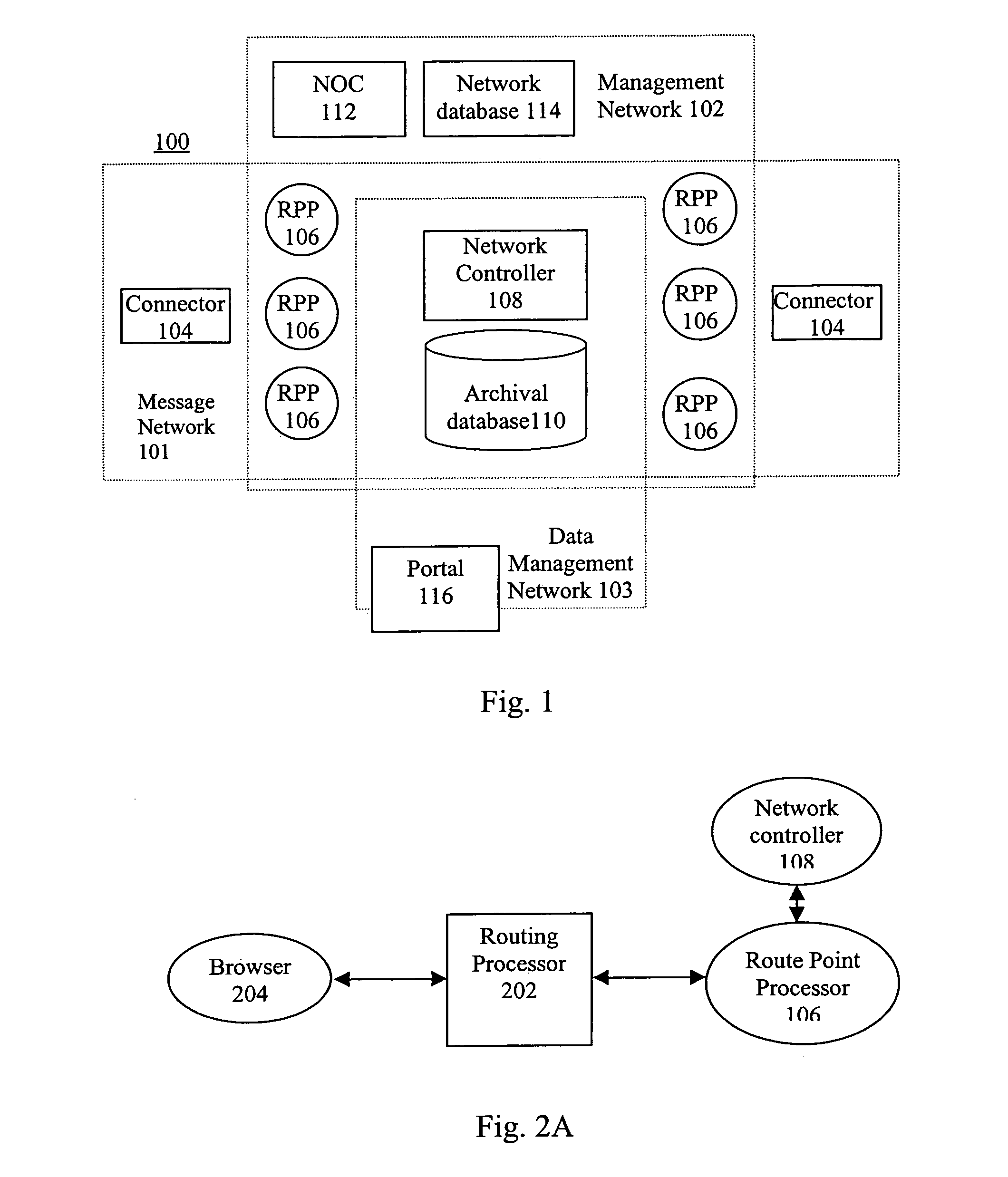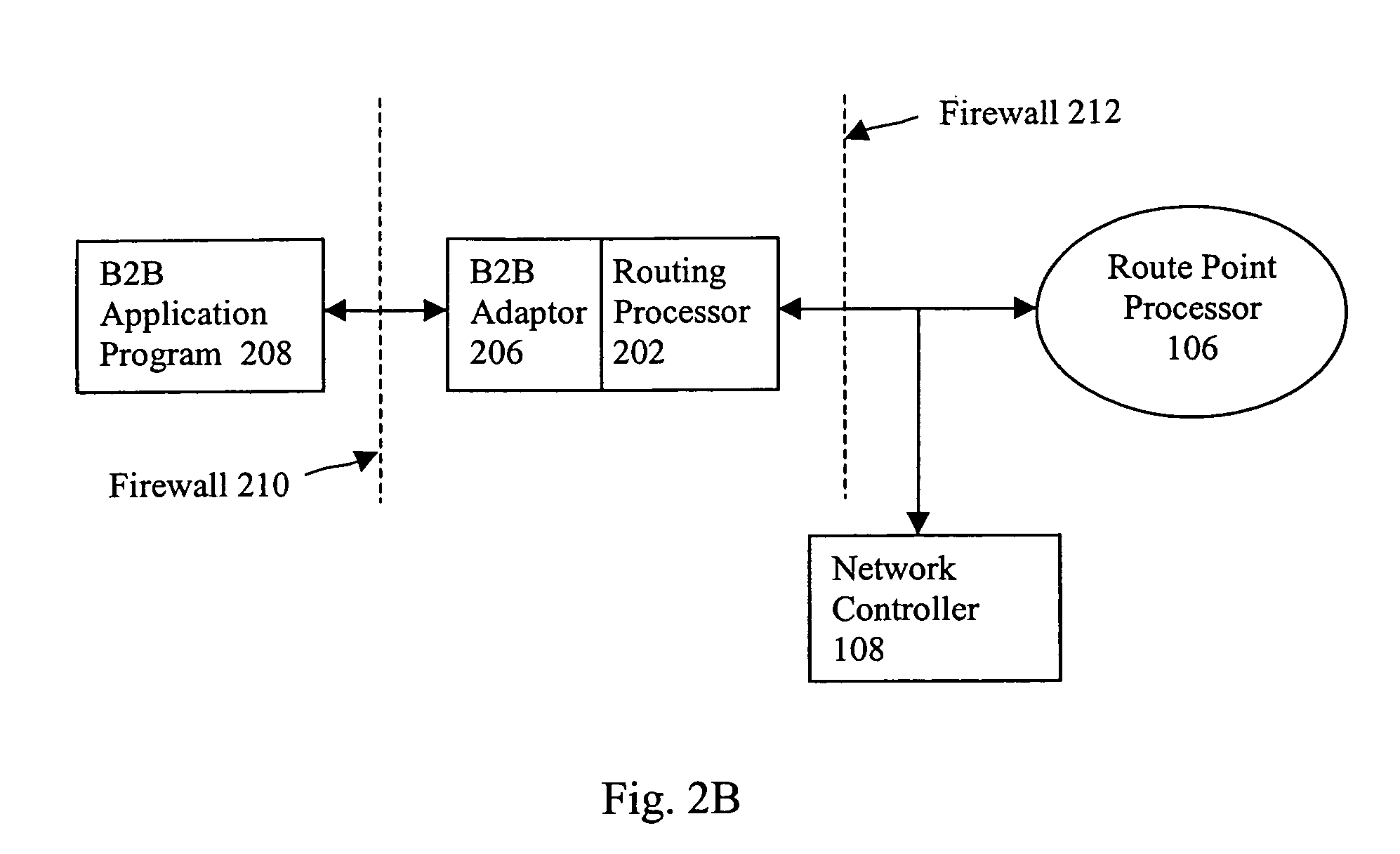System for handling information and information transfers in a computer network
a computer network and information transfer technology, applied in the field of information transfer over a distributed computer network, can solve the problems of high cost of establishing and maintaining, many small businesses have been unable to do, and the cost of establishing a tb>1/b> line can often run several thousands of dollars per month
- Summary
- Abstract
- Description
- Claims
- Application Information
AI Technical Summary
Benefits of technology
Problems solved by technology
Method used
Image
Examples
Embodiment Construction
[0024]In the following description of a preferred embodiment, reference is made to the accompanying drawings, which form a part hereof, in which is shown by way of illustration specific embodiment in which the invention may be practiced. In the following description, numerous specific details are set forth in order to provide a complete understanding of the present invention. It will be apparent to one skilled in the art that the present invention may be practiced without the specific details. In the development of the actual implementation, numerous implementation-specific decisions must be made to achieve the design goals which will vary for each implementation. Accordingly, in order not to obscure the present invention, well-known structures and techniques are not shown or discussed in detail.
[0025]The present invention relates to a reliable, robust infrastructure directed to the efficient, reliable and secure delivery of information in a timely manner across the Internet. Referr...
PUM
 Login to View More
Login to View More Abstract
Description
Claims
Application Information
 Login to View More
Login to View More - R&D
- Intellectual Property
- Life Sciences
- Materials
- Tech Scout
- Unparalleled Data Quality
- Higher Quality Content
- 60% Fewer Hallucinations
Browse by: Latest US Patents, China's latest patents, Technical Efficacy Thesaurus, Application Domain, Technology Topic, Popular Technical Reports.
© 2025 PatSnap. All rights reserved.Legal|Privacy policy|Modern Slavery Act Transparency Statement|Sitemap|About US| Contact US: help@patsnap.com



